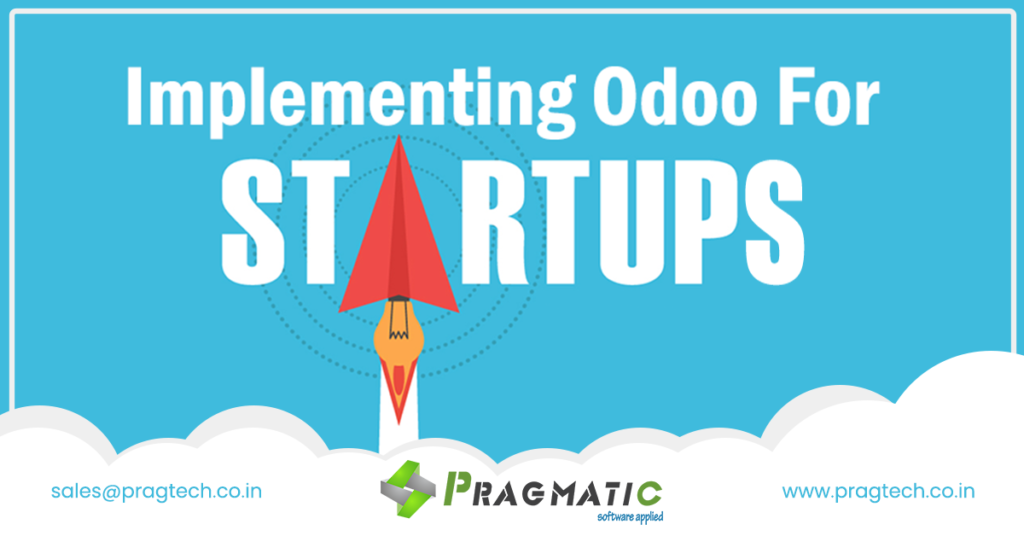

Odoo is an open-source enterprise resource planning (ERP) software that helps startups streamline their Startup operations and gain a competitive edge. With its wide range of modules and customizable features, Odoo can be tailored to suit the specific needs of any startup. In this blog post, we will discuss the steps to implement Odoo for startups, including how to choose the right modules, set up the system, and train your team to use it effectively.

Step 1: Identify Your Startup Needs
The first step in implementing Odoo for your startup is to identify your Startup needs. This involves analyzing your current processes and identifying areas where you need automation or improved efficiency. Consider the specific modules that will be most beneficial for your Startup, such as accounting, inventory management, or project management.

Step 2: Choose the Right Modules
Once you have identified your Startup needs, the next step is to choose the right modules to support those needs. Odoo has a wide range of modules available, and it’s important to choose the ones that will be most beneficial for your startup. For example, if you are a retail Startup, you will likely need modules for inventory management and point of sale. If you’re a service-based Startup, you may need modules for project management and customer relationship management.

Step 3: Set up the System
Once you have chosen the modules that will best support your Startup needs, the next step is to set up the system. This involves installing the Odoo software and configuring the modules you have selected. You will also need to input your company information, such as your Startup name and address, and set up your accounting chart of accounts.

Step 4: Train Your Team
Once your system is set up, it’s important to train your team on how to use it effectively. This includes providing them with training on the specific modules you have chosen, as well as training on how to use the system as a whole. It’s also important to provide ongoing support and training as your team becomes more familiar with the system.

Step 5: Customize and Optimize
As your Startup grows, you may find that you need to customize your Odoo system to better suit your needs. This could involve adding new modules, customizing existing modules, or creating custom reports. It’s also important to regularly review and optimize your system to ensure that it continues to support your Startup needs and improve your efficiency.
In conclusion, Odoo is a powerful and flexible ERP system that can help startups streamline their Startup operations and gain a competitive edge. By identifying your Startup needs, choosing the right modules, setting up the system, training your team, and customizing and optimizing as needed, you can effectively implement Odoo for your startup.
Leave a Reply
You must be logged in to post a comment.